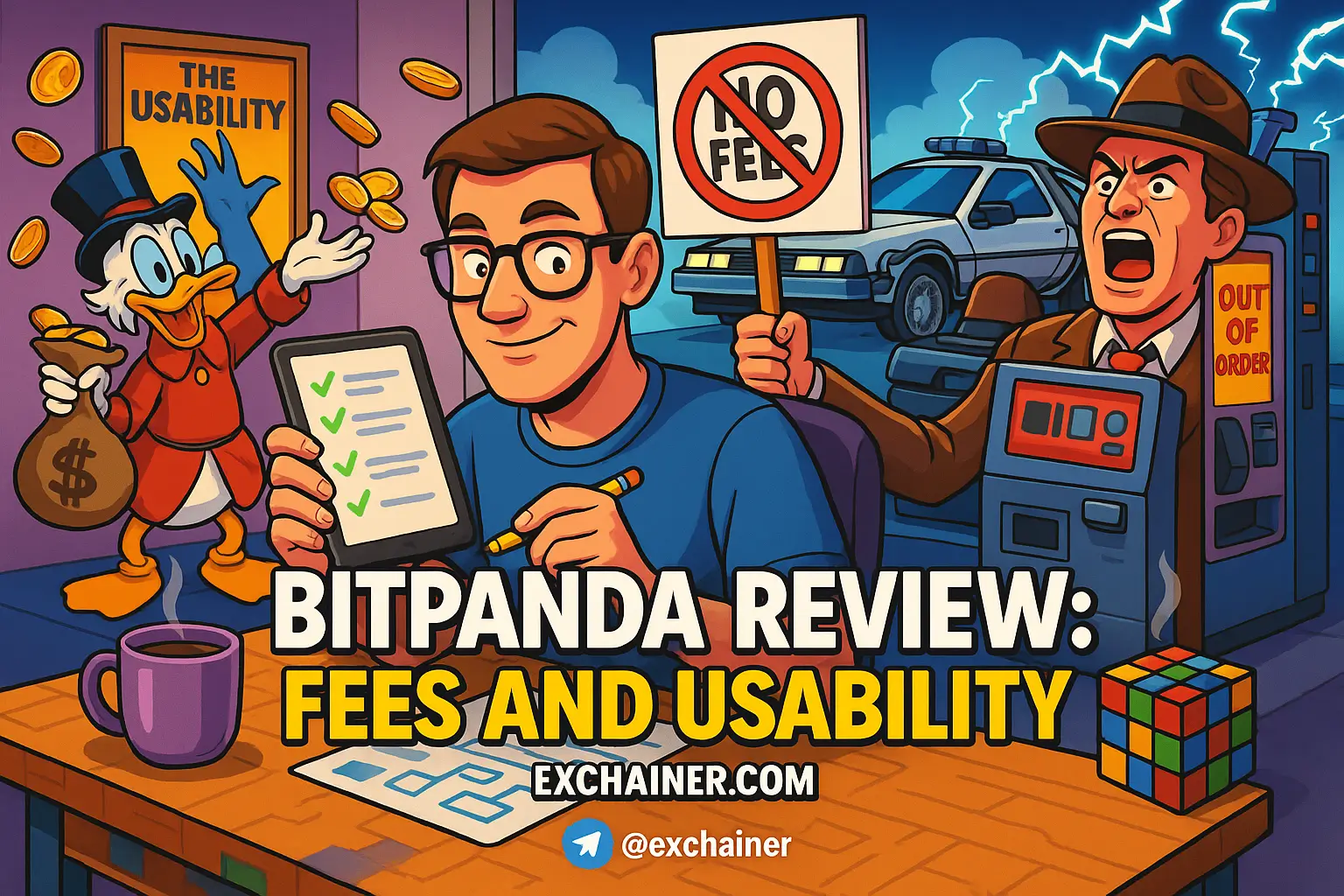Multi-signature (or multisig) wallets are becoming increasingly essential in the cryptocurrency landscape, especially for protecting your assets against theft and unauthorized access. If you're new to crypto or even an intermediate user, grasping how to utilize a multisig wallet can significantly enhance your security measures. In a digital world where hacks and scams are rampant, understanding this concept can be your first line of defense against potential losses. This guide will walk you through the fundamentals of using a multi-signature wallet, emphasizing its importance in securing your digital currency assets.
What Is a Multi-Signature Wallet?
A multi-signature wallet is designed to enhance security by requiring multiple private keys to authorize transactions. Unlike traditional wallets that operate on a single-key basis, a multisig wallet disperses control among several keyholders. This means no single person or device has complete authority over the funds, creating a collaborative security measure.
For instance, you might set up a 2-of-3 multisig wallet, which requires any two of three keyholders to sign off on a transaction before it gets executed. This setup is especially useful in various contexts, such as businesses sharing control of funds or families managing collective assets. The key point is that using a multi-signature wallet can help you avoid the risks associated with single-point failures.
Why Use a Multi-Signature Wallet?
1. Enhanced Security
Leveraging a multisig wallet significantly mitigates the risks of theft. Since moving funds requires multiple approvals, it becomes far more challenging for unauthorized individuals to access your crypto assets. Each additional keyholder increases the barriers an attacker must overcome to compromise your funds.
2. Shared Control
Multisig wallets are ideal for groups or businesses, fostering shared control over assets. They are beneficial for Decentralized Autonomous Organizations (DAOs), where no single entity can unilaterally make decisions regarding the collective funds. By requiring multiple signatures, these wallets ensure that all major decisions are collaborative.
3. Backup Redundancy
One of the most compelling features of a multisig wallet is its redundancy. If one keyholder loses their key or becomes inaccessible, the remaining keyholders can still authorize transactions. This ability to maintain access without being solely dependent ensures higher liquidity and control over assets, making it a safe option for anyone holding significant amounts of cryptocurrency.
Step-by-Step Guide to Setting Up a Multi-Signature Wallet
Setting up a multisignature wallet is a straightforward but crucial process. Here’s a step-by-step guide to help you establish a multisig wallet efficiently:
1. Choose a Wallet Provider
There are various wallet providers that offer multisig functionalities. Some of the most popular options include:
- Ledger: Known for its hardware wallets, Ledger supports multisig setups through its Ledger Live software.
- BitGo: This service is tailored for enterprises, providing enhanced security features.
- Electrum: A lightweight Bitcoin wallet that offers robust multisig options.
Always consider your specific needs, such as whether you prefer self-custody or managed services when selecting a multisig wallet provider.
2. Select Your Signers and Threshold
Deciding on the signers is vital to your multisig setup. Think about the individuals involved in the process (these could be family members or trusted partners) or even devices that will act as keyholders.
Additionally, determine the threshold for approvals. For personal use, a common setup is 2-of-3, while businesses may use 3-of-5 to enhance security and ensure operational control.
3. Generate the Multisig Address
Using your chosen wallet provider, navigate through their interface to create a multisig address. This process varies by platform:
- In Electrum, for example, go to Wallet > Multi-signature > Create and follow the prompts to input cosigner details.
- Ledger Live users can utilize the Ledger Vault for institutional setups.
- For Coinbase, check the security settings under their Shared Wallet workflow.
4. Distribute Keys Securely
Storing the signing keys in secure and varied locations is crucial. Here’s a strategy for distribution:
- Key 1: Keep it in a hardware wallet stored at home.
- Key 2: Save on an encrypted USB drive placed in a secure, off-site location, like a bank safety deposit box.
- Key 3: Store it on a trusted family member's device, ensuring diversity in accessibility.
5. Test the Wallet
After setup, make sure to test the wallet by sending a small amount of cryptocurrency. This ensures that all signers can approve transactions effectively. For a setup like the 2-of-3, confirm that any two keys can successfully authorize the transaction.
Best Practices for Multi-Signature Wallet Security
Now that you've set up your wallet, here are some best practices to maximize your security:
-
Use Hardware Wallets: Whenever possible, have your keys stored on physical hardware wallets. This extra layer of security blocks online hackers from accessing your funds.
-
Monitor for Updates: Keep an eye out for software updates to your wallet platform. Regular updates help patch vulnerabilities that hackers might exploit.
-
Backup Seed Phrases: Always create and store your backup seed phrases offline and in a secure place, preferably in a fireproof safe. This way, if you lose access to your wallet, you have a recovery option.
-
Audit Regularly: Regularly review your transaction logs and watch for any unusual activity from your wallet to detect potential breaches early.
Advanced Use Cases
As more individuals and organizations recognize the value of multi-signature wallets, their applications continue to evolve:
-
Institutional Custody: Many hedge funds rely on multisig to enforce internal compliance and ensure that funds are only accessible to authorized signers.
-
DAOs: For decentralized organizations, multisig wallets ensure that decisions around treasury funds can only be made collaboratively, preventing rogue actions by singular members.
-
Escrow Services: Implementing multisig wallets in escrow arrangements ensures that funds are only released upon agreement from both parties.
Risks and Mitigations
While multisig wallets provide enhanced security, there are some risks to keep in mind:
-
Liquidity Delays: If signers are unavailable due to travel or other reasons, accessing funds can get complicated. To mitigate this, consider appointing backup signers who can step in when necessary.
-
Phishing Attacks: It’s crucial to recognize that attackers often target keyholders through phishing schemes. Implementing U2F security keys for authentication can provide an extra layer of protection.
-
Setup Errors: Ensuring that your multisig configuration is correct before funding the wallet is crucial. Testing small transactions helps validate that everything works as intended.
The Future of Multi-Signature Wallets
As cryptocurrency technology continues to advance, expect innovations such as quantum-resistant cryptography and AI-driven anomaly detection to enhance multisig wallets further. The potential for these wallets to integrate adaptive thresholds—where more approvals are required for larger transactions—could soon become the standard. Regulatory frameworks may also drive broader adoption, particularly for institutional custody solutions.
In conclusion, using a multi-signature wallet is a proactive approach to securing your cryptocurrency assets amid an environment rife with digital threats. Whether you are a newcomer to the world of crypto or a seasoned investor, adopting this strategy enables you to protect your digital currency more effectively than ever.
For more in-depth guides, frequently updated news, and expert reviews, make sure to explore other sections of Exchainer.com, Exchange Reviews, News, and Tools and Wallets. Start your crypto journey today with enhanced confidence!












